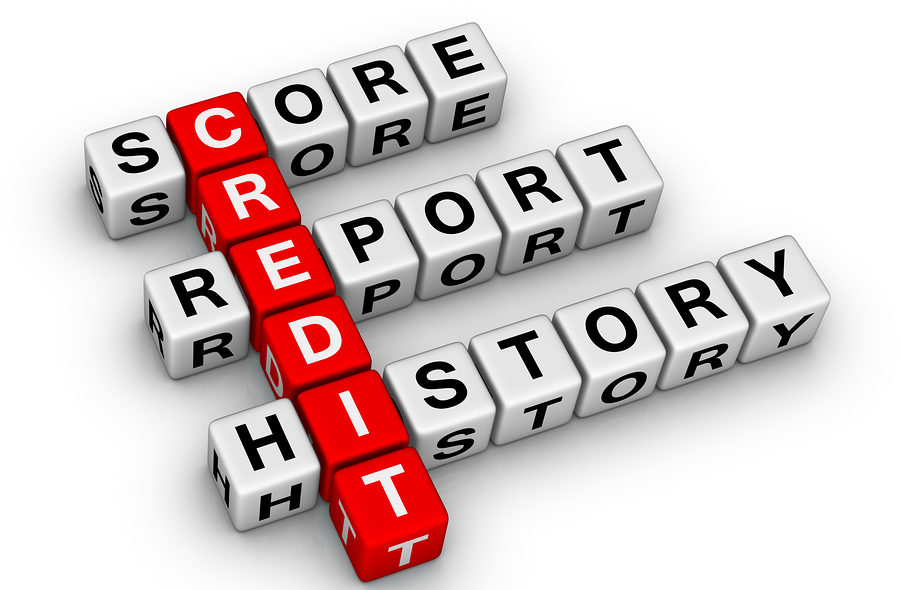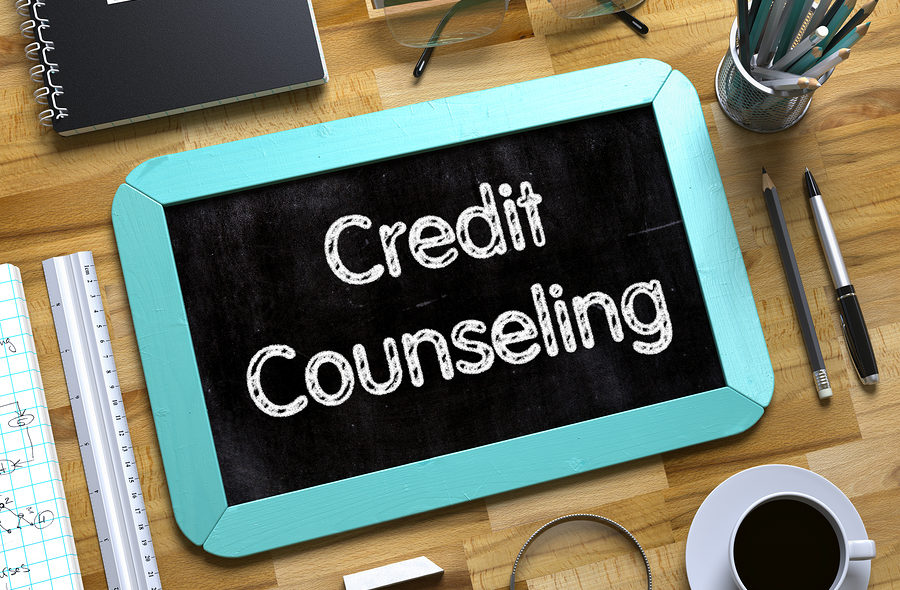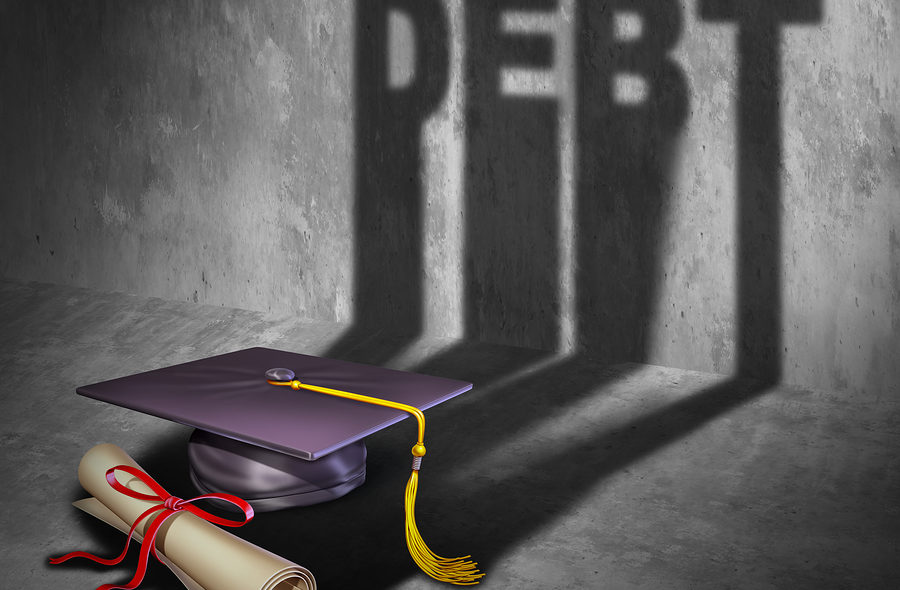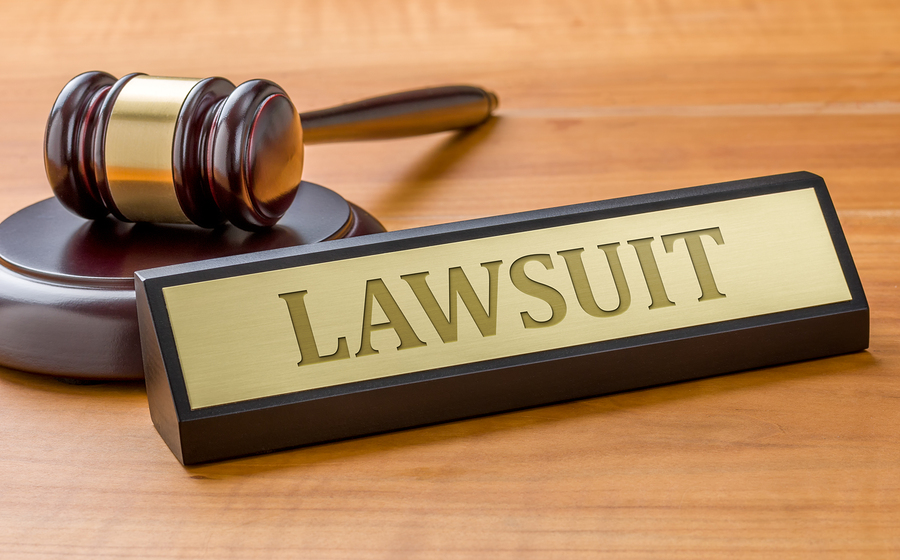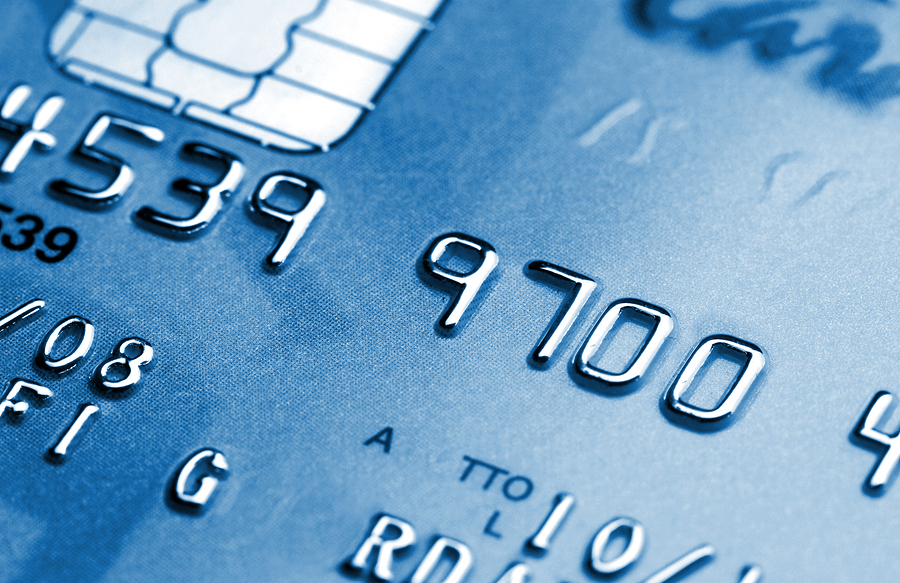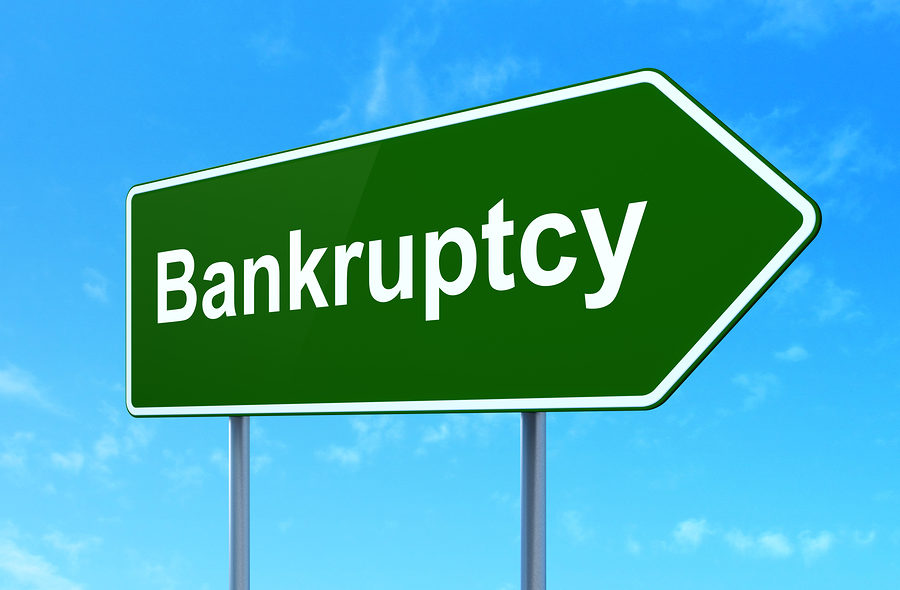According to a new report released by Merrill Lynch and Age Wave, one in four consumers under the age of 34 have made the decision to take money out of their retirement accounts to try and get out of debt. Of the reasons reported for why these individuals took money out of their retirement accounts was to pay down student loan debt or credit card debt.
This is a critical mistake and one that comes with a 10 percent tax penalty, not to mention more long-term consequences. Since any money that goes into a 401(k) account is from pre-tax dollars, the IRS taxes money taken from a 401(k) at a higher rate than normal income.
Not only will a person be paying a higher amount in taxes on money taken from a 401(k), but they will also be jeopardizing their retirement and borrowing against their future wealth. The goal of retiring can seem far off for millennials, but the earlier you plan and save for retirement the better.
The fact that younger consumers feel they have no choice but to reach into their retirement savings comes as no surprise, especially considering the fact that many of these individuals carry a significant amount of credit card and student loan debt. This is before some of them even apply for their first job.
It is estimated that Americans hold a total of $1.6 trillion in student loan debt. The average undergraduate student graduates with approximately $37,000 in student loan debt, according to the Merrill Lynch study. On top of that, these individuals also are carrying an average of $3,700 credit card debt. However, despite this fact, financial experts do not advise using retirement savings to pay off debt.
It is important that consumers be aware of the fact that money in 401(k) accounts is protected in bankruptcy. In fact, social security, 401(k)’s and pensions worth up to $1.245 million are all exempt from creditors during bankruptcy. This means that retirement income and savings are out of reach and protected under federal law. A Chapter 7 bankruptcy allows you to hold onto all of your retirement savings and keep every penny of your 401(k).
However, this is only the case if the money remains in your 401(k) retirement account. Removing funds from the 401(k) or any retirement account before filing for bankruptcy turns the funds from a protected asset to an unprotected asset.
If the amount of debt you are struggling to pay is so unmanageable that you are considering filing for bankruptcy, it is important to remember that retirement savings are protected under Florida’s bankruptcy exemptions. It is important to speak with an attorney, especially if you have recently lost your job and have considered pulling from your retirement savings to help pay for day-to-day living expenses.
If you have questions on this topic or are in financial crisis and considering filing for bankruptcy, contact an experienced Miami bankruptcy attorney who can advise you of all of your options. As an experienced CPA as well as a proven bankruptcy lawyer, Timothy Kingcade knows how to help clients take full advantage of the bankruptcy laws to protect their assets and get successful results. Since 1996 Kingcade Garcia McMaken has been helping people from all walks of life build a better tomorrow. Our attorneys’ help thousands of people every year take advantage of their rights under bankruptcy protection to restart, rebuild and recover. The day you hire our firm, we will contact your creditors to stop the harassment. You can also find useful consumer information on the Kingcade Garcia McMaken website at www.miamibankruptcy.com.
Related Resource:
https://www.cbsnews.com/news/one-in-four-millennials-with-401ks-are-raiding-retirement-savings-early-to-pay-down-debt/

